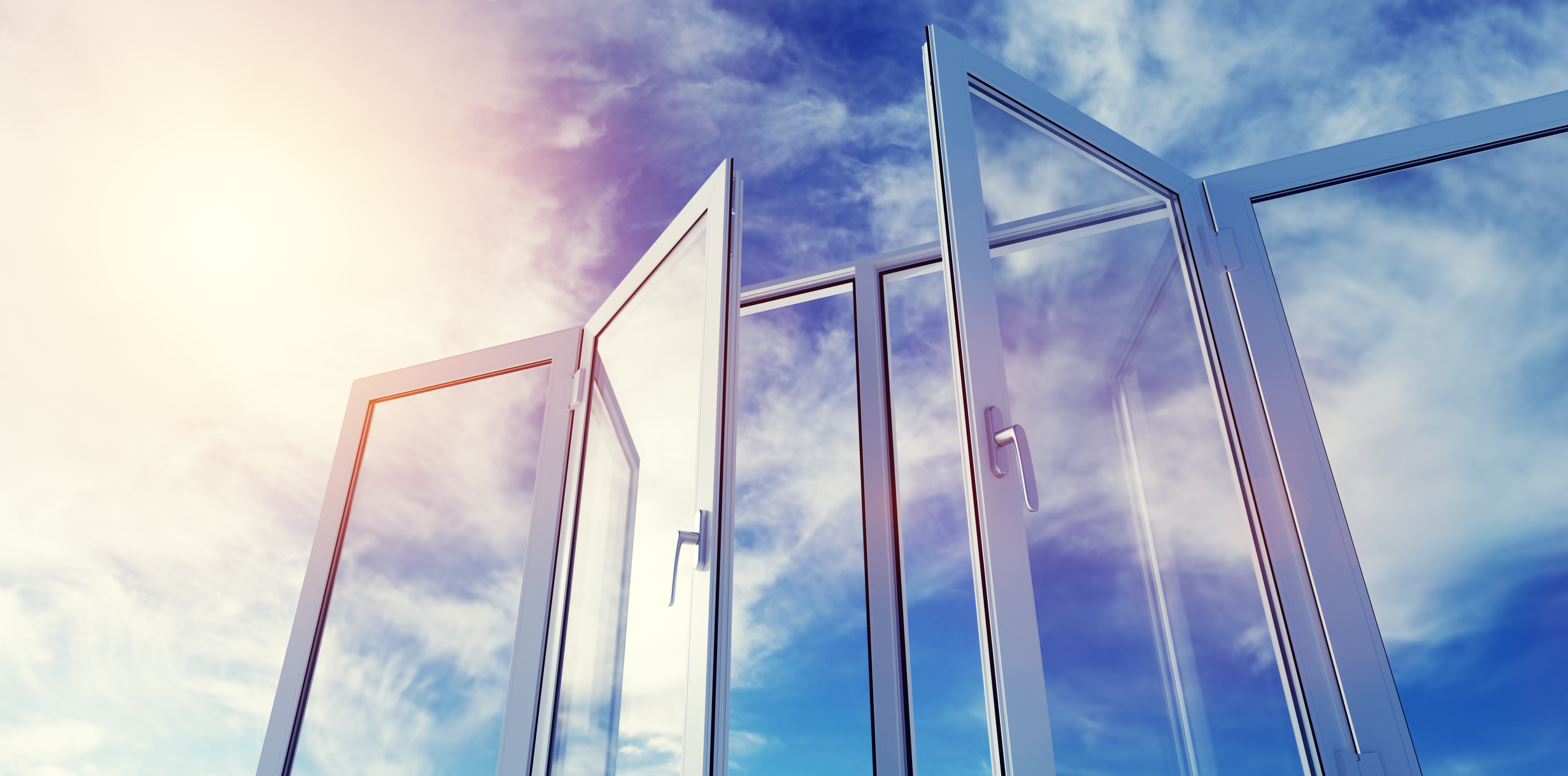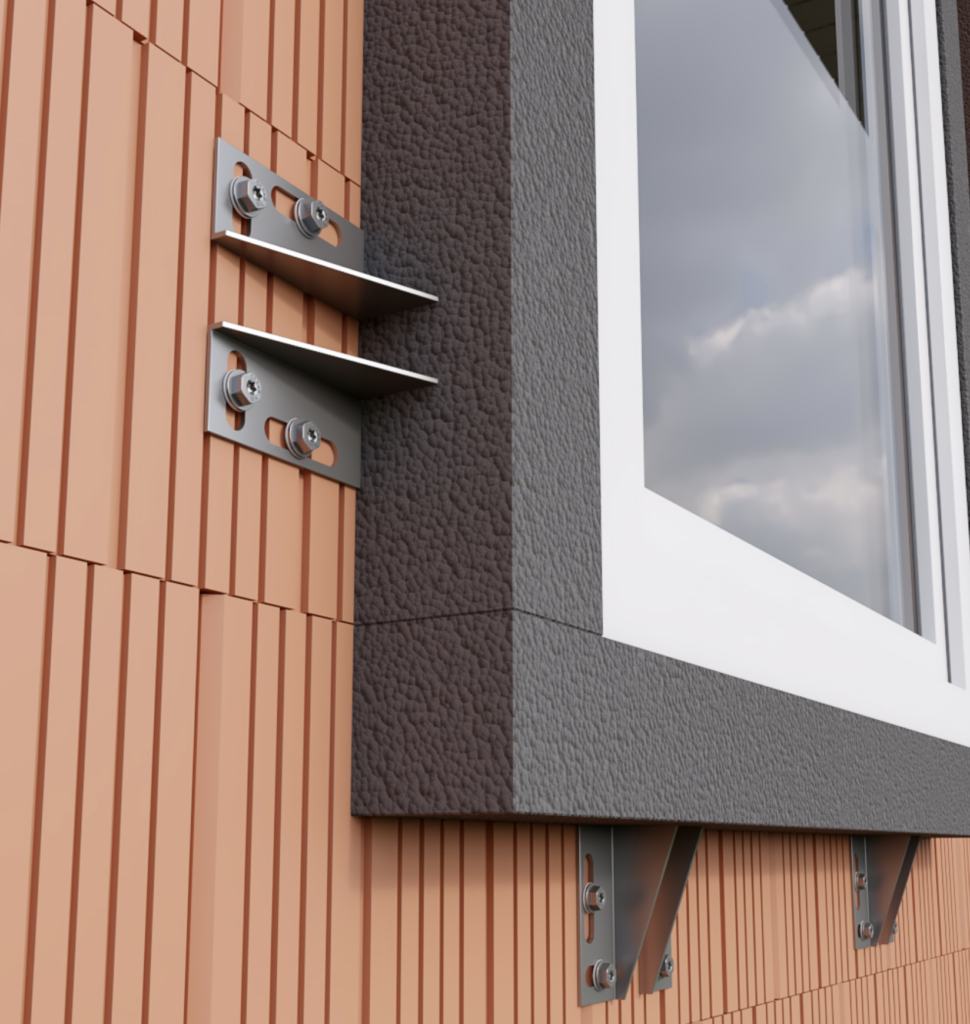Why Professional Installation Matters
- Energy Efficiency – Poorly installed windows and doors allow drafts, leading to increased heating and cooling costs.
- Security – Gaps or misaligned frames can make doors and windows easier for intruders to force open.
- Longevity – A well-installed window or door lasts longer and requires fewer repairs.
- Aesthetic Appeal – An expert installer ensures a seamless, polished look that enhances your home’s appearance.
- Warranty Protection – Many manufacturers' warranties require professional installation to remain valid.

What to Look Out for During Installation
If you’re planning to install new windows and doors, here are key factors to keep in mind:
1. Choosing the Right Installer
A skilled and experienced fitter can make all the difference. When selecting an installation company, consider:
Experience & Reputation – Look for a company with a solid track record and positive customer reviews.
Certifications & Licensing – Ensure they are certified and compliant with local building regulations.
Previous Work Portfolio – Ask to see previous projects to gauge their craftsmanship.
Warranty & Guarantee – Reliable installers offer warranties on their workmanship.
2. The Importance of Accurate Measurement
Correct measurement is one of the most crucial steps in window and door installation. If measurements are even slightly off, it can lead to air leaks, water infiltration, and poor operation. To ensure a perfect fit:
Always measure both the width and height at multiple points (top, middle, and bottom) to account for any irregularities in the structure.
Check the squareness of the opening using a level, as walls can shift over time.
Factor in expansion gaps to accommodate natural material shifts due to temperature changes.
At CozyWindows.ie, we ensure that all measurements are taken by the same professionals who will be fitting the windows later. This eliminates errors caused by miscommunication and ensures that the installer fully understands the specifics of the job before installation begins. By using this approach, we guarantee a precise and seamless fit every time.
3. Different Types of Window Installation
Choosing the right installation method is just as important as selecting the right windows. Here are the most common types of window installation techniques:
Traditional Installation (Foam and Screws) – This method uses insulation foam around the frame to seal gaps, ensuring a tight fit. It is widely used and effective for most home installations.
Installation with Tapes – A more advanced method that uses sealing tapes to provide additional protection against air and moisture infiltration. This technique ensures long-term durability and better thermal insulation.
Warm Installation – Also known as thermal bridge-free installation, this approach includes multiple layers of insulation to prevent heat loss. It is ideal for energy-efficient homes and passive house projects, significantly reducing heating and cooling costs.
By selecting the best installation method for your needs, you can improve energy efficiency, durability, and overall performance.

4. High-Quality Sealing & Insulation
Sealing gaps and insulating around windows and doors prevents drafts and enhances energy efficiency. Ensure that high-quality sealants are used to prevent water infiltration and proper insulation is installed to minimize heat loss.
5. Structual Integrity
If you are replacing old windows and doors, it’s essential to check for any structural issues. Rotting wood, cracks, or uneven frames must be repaired before new units are installed to avoid long-term problems.
5. Compliance with Safety Standards
Your installer should follow industry safety standards and building codes. This ensures your windows and doors meet all legal requirements and provide the necessary protection in case of emergencies.

